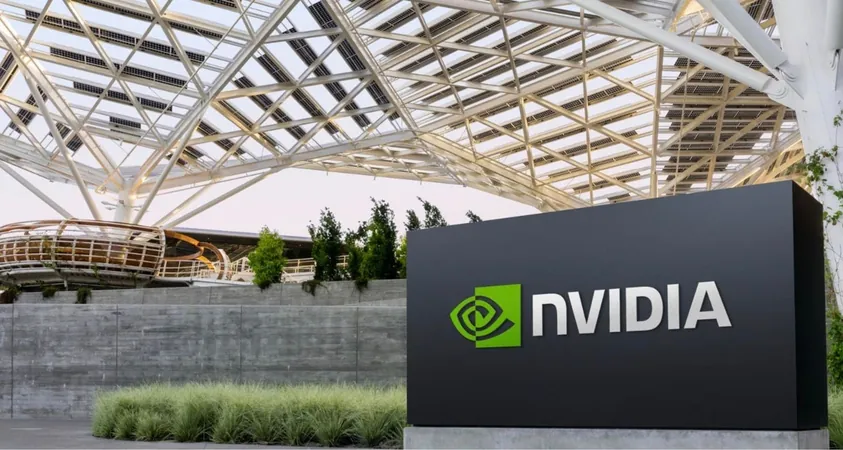
Are Biden’s New AI Export Rules a Boon for China? Here’s What You Need to Know!
2025-01-14
Author: Ying
Nvidia’s Dismay and Views on the Policy Shift
Nvidia, the tech titan synonymous with cutting-edge GPUs, has expressed its frustration over the new export restrictions, which limit sales to a select group of just 18 U.S. allies. The company argues that these rules could stifle the ability of emerging economies to harness AI for their development needs, effectively favoring established, wealthy partners while leaving many nations in the lurch. This shortsighted approach not only hinders global progress but raises eyebrows among supporters of innovation and equitable technology access.
A Double-Edged Sword: Who Stands to Gain?
The impact of these rules could drive innovation into two distinct pathways. Chinese AI enterprises are poised to gain significantly in the absence of American technologies, even though their offerings might lag in speed and sophistication compared to U.S. products. This gap in quality could lead to a rise in demand for locally-produced chips and AI models among countries in Africa, South America, and parts of Asia, thereby accelerating the development of sovereign AI strategies that prioritize national goals.
On the flip side, U.S.-based cloud service providers could ironically benefit as developers around the world seek ways to navigate these restrictions. By circumventing barriers to access powerful GPU and ASIC resources, these innovators will find their path to necessary technology — even if it means opting for subpar or indirectly accessible options.
The Looming Threat of International Competitors
The competitive landscape in AI is shifting, especially with countries like China and India investing heavily in talent acquisition. Recent findings from a U.S. White House report reveal a startling trend: China is now producing significantly more STEM PhDs than the United States, nearly doubling the figures since 2018. The implications of this educational gap pose a lasting threat to America’s dominance in AI.
While the U.S. government aims to curtail China's technological advance through hardware restrictions, the underlying question remains: how effective will these measures be in the long run? The potential for China to enhance its indigenous technology capabilities is significant, as these nations ramp up their efforts in self-sufficiency and innovation.
The Bigger Picture: A Net Loss for America?
Ultimately, the ramifications of these export rules could be a net loss for the U.S. tech sector. American companies may find lucrative markets out of reach, while countries not included in the privileged 18 will be excluded from the AI revolution, potentially driving them to adopt inferior technologies. As Chinese technology firms fill the gaps left by U.S. products, America risks losing its hard-earned lead in AI innovation.
Conclusion: A Call to Action
In light of these developments, questions arise about the strategic direction of U.S. AI policies. Why are we inadvertently giving China the upper hand in challenging our once-unassailable technology leadership? As the champagne corks pop in Shanghai, Americans must reconsider their approach to ensure that innovation and collaboration remain cornerstones of U.S. technology policy moving forward.



 Brasil (PT)
Brasil (PT)
 Canada (EN)
Canada (EN)
 Chile (ES)
Chile (ES)
 Česko (CS)
Česko (CS)
 대한민국 (KO)
대한민국 (KO)
 España (ES)
España (ES)
 France (FR)
France (FR)
 Hong Kong (EN)
Hong Kong (EN)
 Italia (IT)
Italia (IT)
 日本 (JA)
日本 (JA)
 Magyarország (HU)
Magyarország (HU)
 Norge (NO)
Norge (NO)
 Polska (PL)
Polska (PL)
 Schweiz (DE)
Schweiz (DE)
 Singapore (EN)
Singapore (EN)
 Sverige (SV)
Sverige (SV)
 Suomi (FI)
Suomi (FI)
 Türkiye (TR)
Türkiye (TR)
 الإمارات العربية المتحدة (AR)
الإمارات العربية المتحدة (AR)